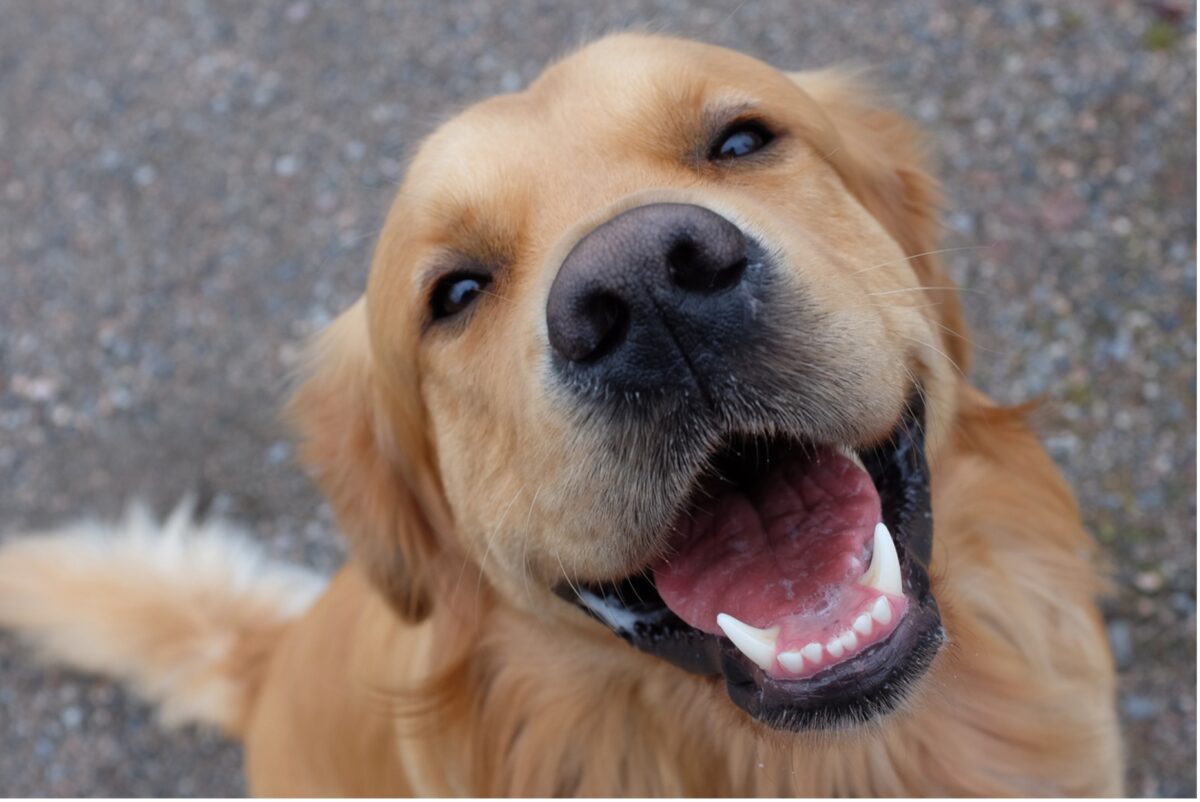Welcome to our comprehensive guide on navigating the realm of pet dental care. In this blog, we debunk common myths surrounding the dental health of our beloved animal companions. Join us as we dispel myths and provide insights into the importance of professional dental care, early detection of dental problems, and at-home dental hygiene practices across a spectrum of companion animals.
Pet Dental Care Myths Debunked
- Pets don’t need dental care: Like humans, pets are susceptible to dental issues such as plaque buildup, tartar accumulation, gum disease, and broken teeth.
Studies have shown that poor dental hygiene in pets can lead to systemic infections (affecting the body). When pets have dental problems, bacteria from their mouths can enter the bloodstream and travel to organs like the heart, liver, and kidneys. This bacteria can contribute to heart, liver, and kidney disease.
- Dry food cleans pets’ teeth: While dry food may have some abrasive action on teeth, it is not enough to fully remove plaque and tartar from the teeth.
- Dental problems only affect older pets: Dental problems can occur at any age, even in young pets. Starting dental care early on can help prevent dental issues. According to the American Veterinary Dental Society, by age 3 your dog or cat will likely have some early evidence of periodontal disease, which will worsen as your pet grows older if you do not address the disease.
- Bones are good for your pet’s teeth: Pets can break or crack their teeth on bones, especially if the bones are too hard or if the pet chews them aggressively. Bones can splinter or fracture, causing injury to the pet’s mouth, teeth, or digestive tract.
- Pets with dental pain will not eat: A pet may have difficulty eating with dental pain, but due to their survival instincts, they will typically eat even when suffering from tooth pain. Please do not assume your pet has no tooth pain because you see them eating. Always watch for other signs that may indicate your pet could have a dental problem.
Signs of Pet Dental Health Problems
Pet dental problems start with plaque that hardens into tartar. Tartar above the gumline can often be seen and removed easily. But tartar below the gumline is damaging and sets the stage for infection and damage to the jawbone and the tissues that connect the tooth to the jawbone.
Pets are masters at concealing their discomfort, making it vital for pet parents to be constant, keen observers. Being proactive can make all the difference in your pet’s dental well-being. Here are common signs to watch for:
- Bad breath: Persistent bad breath, often described as “fishy” or “rotten,” can indicate dental problems in pets.
- Red, swollen, or bleeding gums: Inflamed or bleeding gums may indicate gum disease or other dental issues.
- Difficulty eating or chewing: If your pet is having trouble eating or chewing, or stops eating, it may be due to tooth pain or discomfort caused by dental problems.
- Pawing at the mouth: Pets experiencing dental pain may paw at their mouth to alleviate the discomfort.
- Drooling excessively: Excessive drooling can be a sign of dental issues, especially if accompanied by other symptoms such as bad breath or difficulty eating.
- Changes in behavior: Dental pain can cause changes in your pet’s behavior, including irritability, aggression, or reluctance when you touch around the head and mouth.
If you notice any of these signs in your pet, please contact us so we can examine its teeth. Early detection and treatment can prevent further complications and maintain your pet’s dental health.
At Home Pet Dental Care is Essential
We have found that many pet parents don’t brush their pets’ teeth because they need to learn how or have busy schedules. But thanks to the American Veterinary Medical Association, we have a brief yet informative video on how to get started. Watch the video and learn how simple it is and that it doesn’t take much time at all! Your effort will make your pet’s tail wag or whiskers twitch joyfully! Just click on the picture below to watch.
Professional Pet Teeth Cleaning at Cinema Veterinary Centre
Dental chews and chewing toys, along with brushing your pet’s teeth at home, significantly help to keep your pet’s teeth clean. However, only professional cleanings by a trained veterinarian can remove plaque and tartar that develops below the gum line, where it will do the most damage.
Please click on the picture below to watch this informative video from the AVMA about veterinarian dental cleanings:
Exotic Pet Dental Care

Many exotic animals have unique dental structures and dietary needs that differ from traditional domestic pets. Without proper dental hygiene, these animals can suffer from dental issues such as overgrown teeth, periodontal disease, and malocclusions. (A malocclusion in an exotic pet refers to a condition where the upper and lower teeth don’t meet correctly, potentially causing pain and making it difficult for the pet to eat.)
Regular dental checkups and preventive care, including appropriate chewing toys and a balanced diet, are essential to maintaining proper oral health in exotic pets. By prioritizing dental care, owners can contribute to the longevity and happiness of their exotic companions, promoting a high quality of life for these unique and often delicate creatures.
Conclusion: Keep Pet Dental Care a Priority
Understanding the truth behind pet dental care empowers us as responsible pet parents and caretakers. By embracing proactive dental care practices, you can ensure your pets enjoy healthy smiles and pain-free mouths. Remember these tips:
- Provide your pet with safe dental chews and toys.
- Daily brush your pet’s teeth.
- Keep regular professional dental cleanings.
- Watch for signs of any possible dental problems.
Let’s celebrate the joy of happy, healthy smiles in our furry and exotic friends.
Warm regards,

